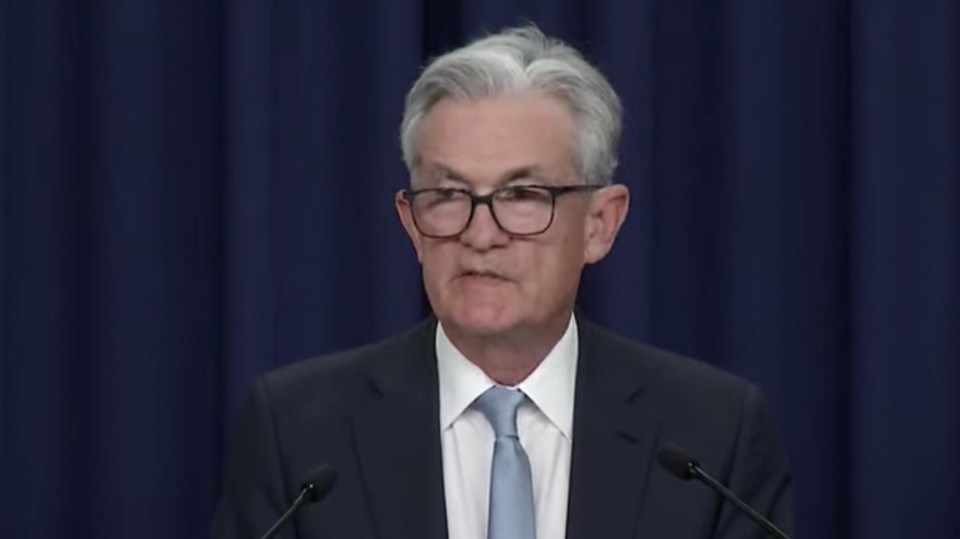The U.S. Federal Reserve on June 15 raised interest rates by three-quarters of a percentage point to a range of 1.5 per cent to 1.75 per cent. It was the largest increase since 1994.
The move was the Fed's attempt to cool the economy and wrangle down inflation from a 40-year high of 8.6 per cent. The move follows the Fed's 0.5 percentage-point increase to its benchmark interest rate in May, which was the biggest increase since 2000.
Fed chairman Jerome Powell said at a press conference that more rate hikes are coming, and that the increase at the Fed's July meeting could be in the range of a half percentage point to three quarters of a percentage point.
The Fed's moves matter for Canadians because Bank of Canada decisions on raising or lowering interest rates take into consideration interest rate moves south of the border.
The two countries' economies are inextricably linked and they face similar challenges, such as supply-chain disruptions and high commodity and oil prices that fuel higher inflation.
The Bank of Canada twice recently increased its interest rate by half of a percentage point, bringing the country's interest rate to 1.5 per cent earlier this month. The bank's governor, Tiff Macklem, has suggested that further rate hikes are likely.
Bank of Canada officials have also said that future rate hikes could be in the range of three-quarters of a percentage point.
Higher interest rates matter for business owners with loans as well as home owners who have mortgages. A Manulife Bank of Canada survey released earlier this week and taken in April found that nearly one in four Canadian homeowners said they would have to sell their homes if interest rates continue to rise.
Canada's economy is buffered somewhat against higher prices for commodities and oil because the country is a large producer of those products.
Inflation, however, is soaring. Statistics Canada in May said that the country's inflation rate for April was 6.8 per cent – a 31-year high.
Indeed, Powell noted that inflationary challenges are a global economic headwind.
"Look around the world," Powell said. "Lots of countries are looking at inflation of 10 per cent, and it's largely due to commodities prices. All over the world, you're seeing these effects. We're seeing them here. Gas prices are at all-time highs and things like that. That's not something we can do something about."
Raising interest rates, however, cools the economy and decreases demand for products, which leads to lower prices, or at least lower inflation.
Powell stressed that the labour market in the U.S. is strong enough to absorb higher interest rates.
"We're not trying to induce a recession now. Let's be clear about that. We're trying to achieve two-per-cent inflation while keeping the labour market strong," he said.
The Fed’s benchmark interest rate is expected to end the year at 3.4 per cent, according to the midpoint of the target range of individual members’ expectations. That is 1.5 percentage points more than what they expected three months ago.
Powell said he sees the benchmark interest rate rising to 3.8 per cent in 2023.



